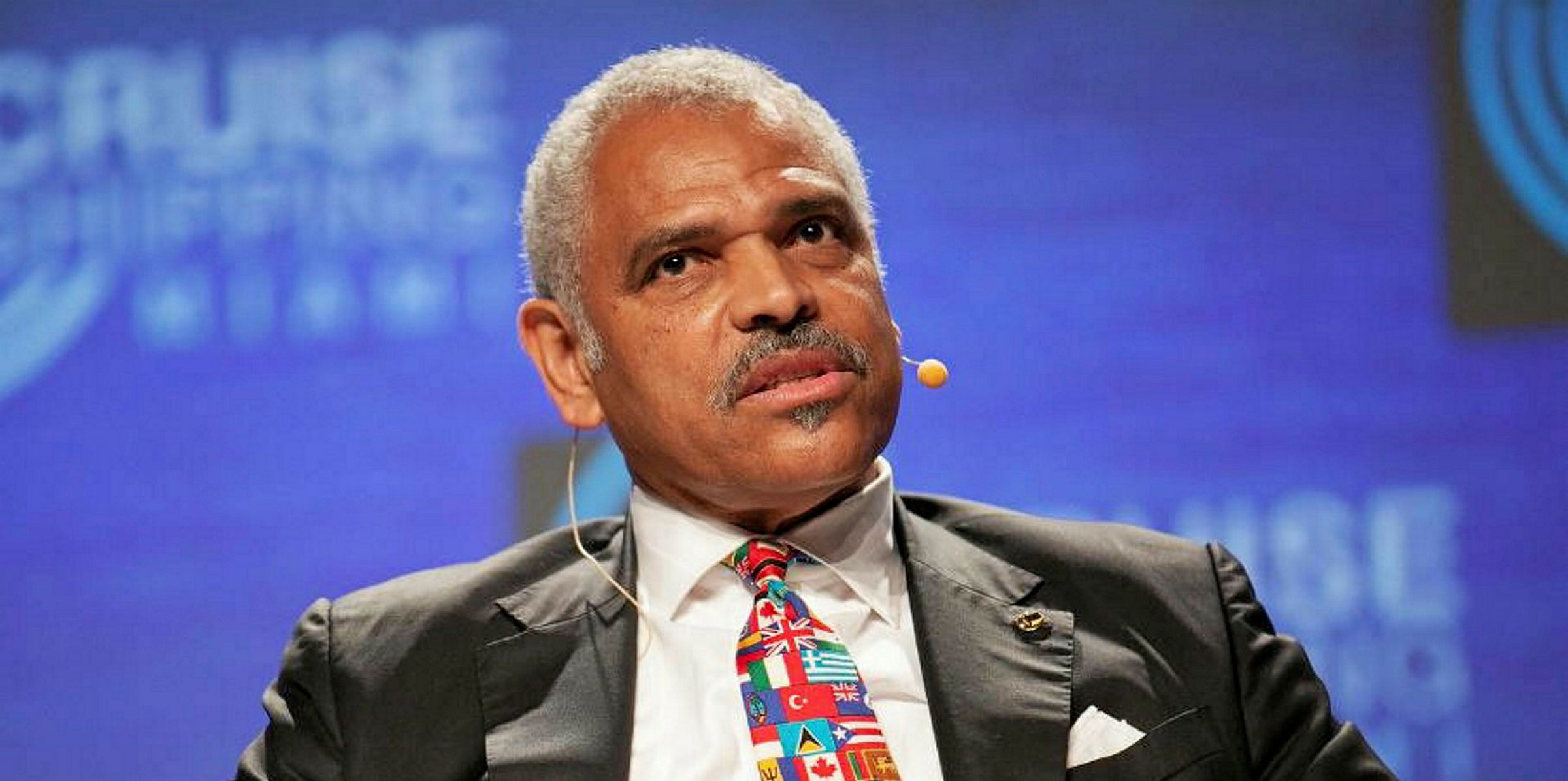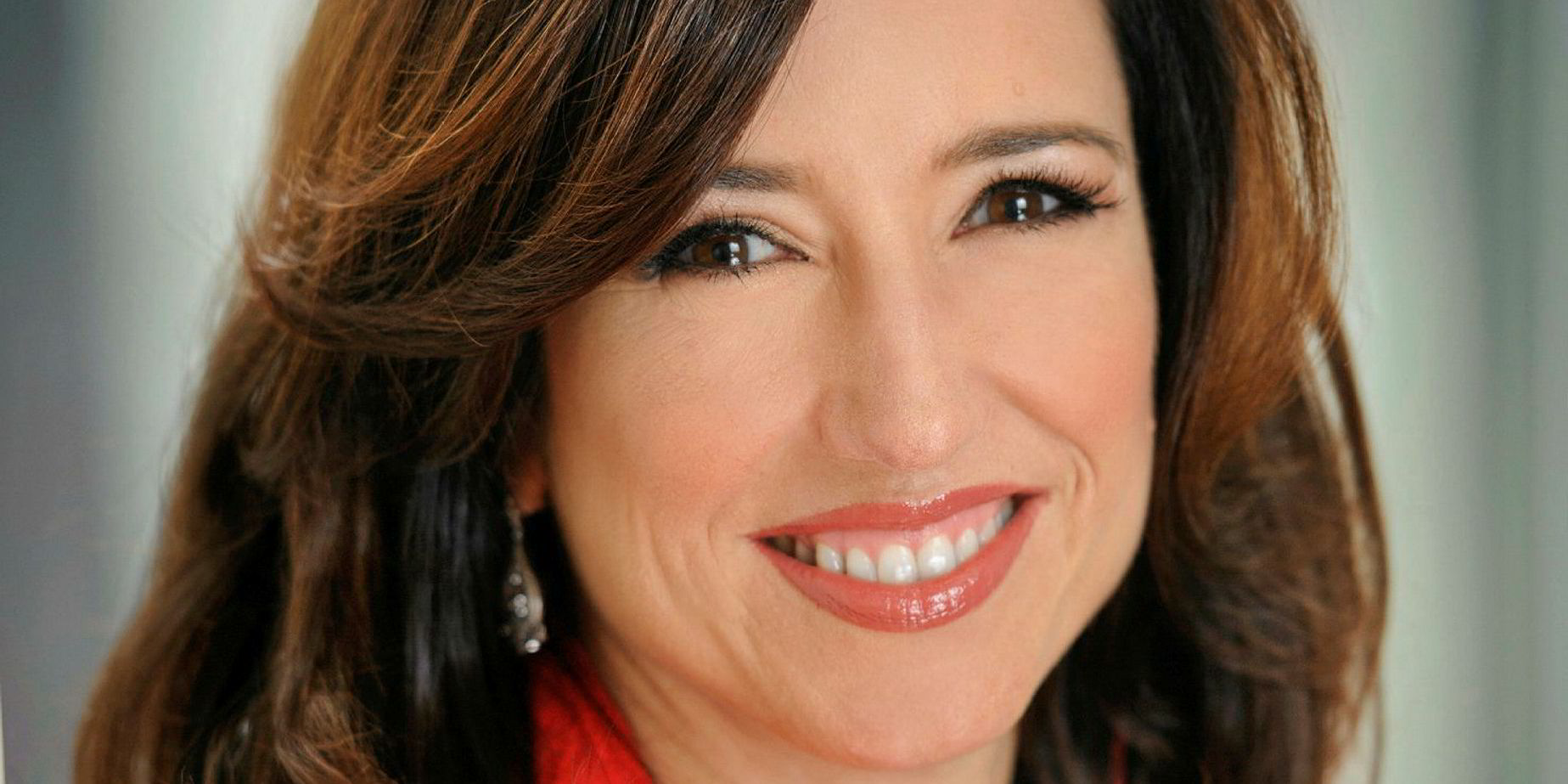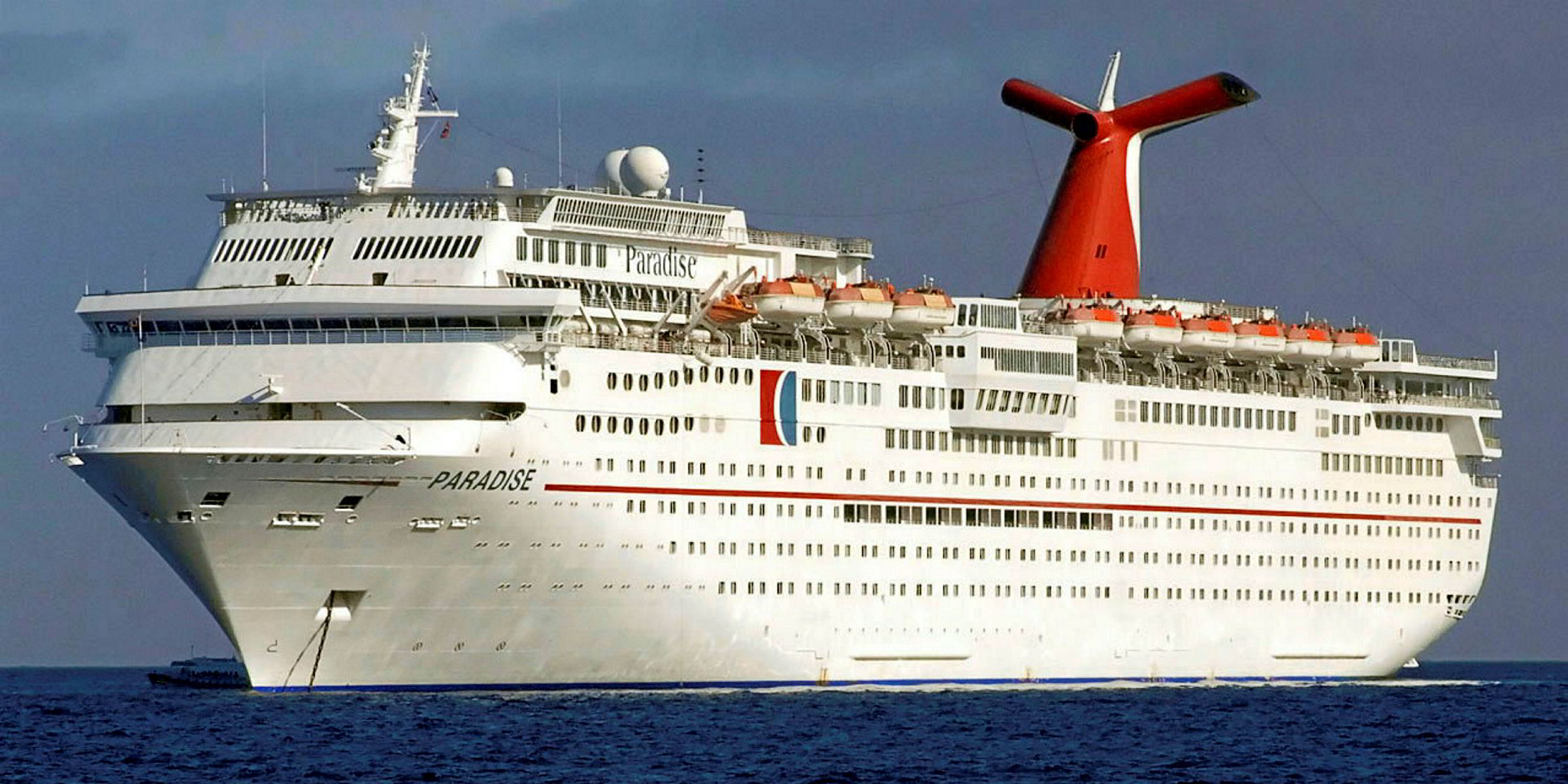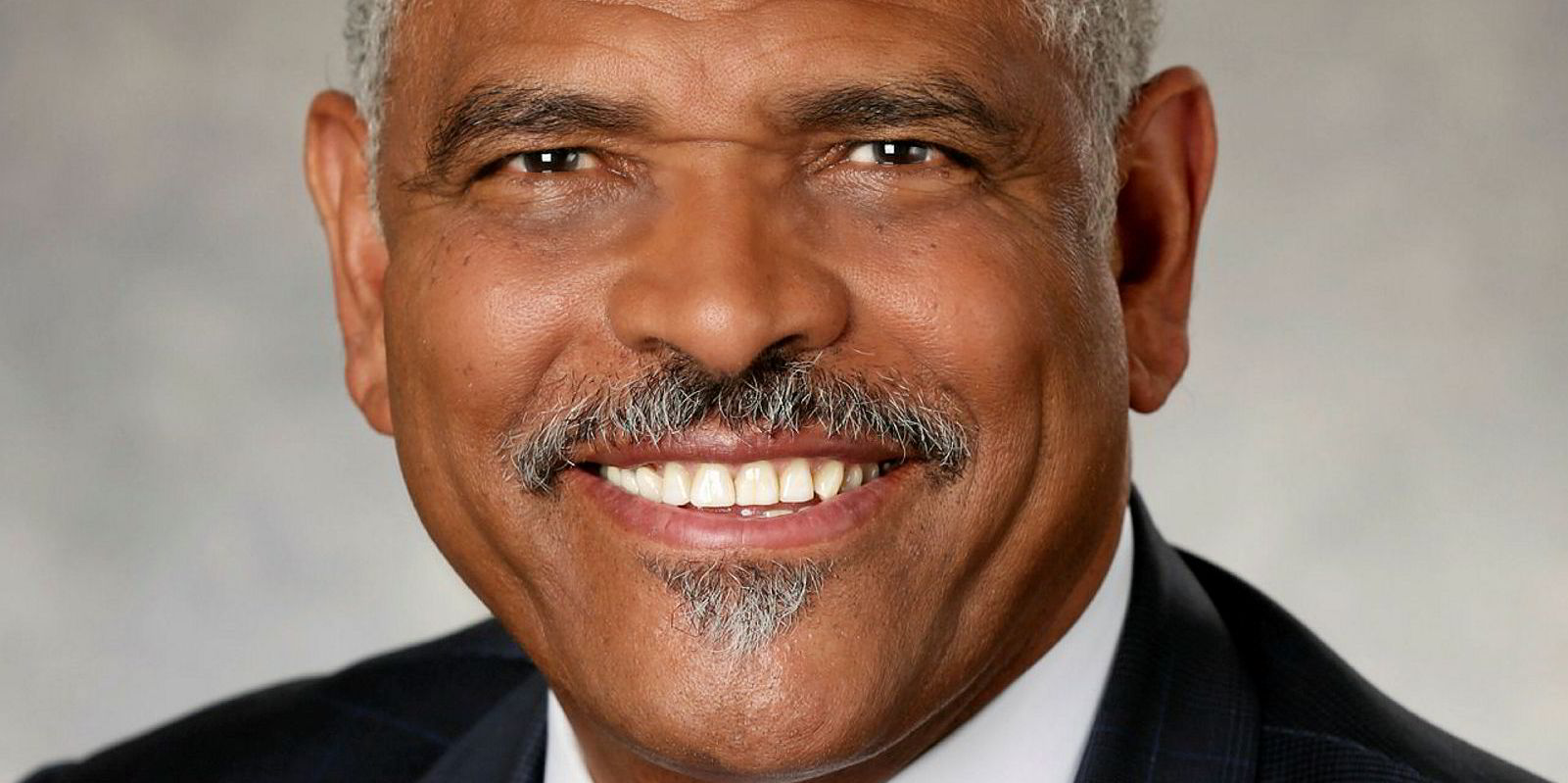Standard & Poor's (S&P) does not expect demand for cruising to return anytime soon, fueling its decision last week to assign a "junk" status to Carnival Corp's creditworthiness.
The US-based rating agency gave a "BB-" rating to the world's largest cruise major, putting its bonds just within the circle of "non-investment-grade".
This means Carnival is "less vulnerable in the near term than other lower-rated obligors" but financial uncertainties may prevent it from meeting monetary commitments.
"We believe the cruise industry may face an extended period of weak demand that will cause global cruise operator Carnival Corp's credit measures to remain very weak through at least 2021 as it implements a phased resumption of its cruises and given incremental debt raises to bolster its liquidity while its operations remain suspended", S&P said.
"Furthermore, there remains a high level of uncertainty around when and how the company will resume its service and its ultimate recovery path."
On watch
S&P also gave the Arnold Donald-led owner with 104 ships a "BB+" rating on its ability to pay back $1.5bn in secured term loans and placed it on CreditWatch with "negative implications" for Carnival.
"In resolving the CreditWatch, we will monitor Carnival's ability to resume its operations this year, evaluate its prospects for improving its profitability in 2021, and assess whether it can begin to significantly reduce its very high anticipated leverage after 2021," S&P said.
"We also intend to assess how the pandemic may alter the level of travel or cruise demand over the longer term."
Demand for the New York-listed company's cruise offerings should remain low for as long as Carnival keeps its entire fleet at anchor at a monthly cost of $1bn.
"Our updated forecast reflects our expectation that Carnival may begin to bring its capacity back online in a phased manner as early as September 2020", S&P said.
But S&P expects Carnival's 2020 revenue yields will still fall short of 2019 results by as much as 20%, thanks to much lower demand. Revenue so far this year is 30% below comparable 2019 levels.
"We believe the company's capacity will not reach 2019 levels by the end of 2021 because of management's plan for a phased return to service as it tries to manage its supply with demand, determine available itineraries, and accelerate its disposal of older ships," it said.
Carnival has announced plans to dispose of at least six older ships amid the expected lower demand, which may be hurt further by an incremental return of ships to sailing.
Not helping
Cruise Line Industry Association's (CLIA) decision last week to postpone members' return to service in US territories to 15 September will only hurt overall cruise demand further, Infinity Research analyst Assia Georgieva said.
"CLIA preempted them by announcing cruise suspensions through September 15, which was not gentlemanly, in my view", she told TradeWinds.
"Despite hopes for a gradual come-back to cruising in August via drive-in markets, such as South Florida, Galveston, Texas, and Southern California, these hopes have now been dashed."
As a result, North American customers will not have any nearby cruising options until the fourth quarter of 2020 — after cruising in China and Europe have already resumed, she said.
"My hope is that we have a vaccine or treatment method by fall of this year, so we can have some recovery during wave season 2021", she said.







